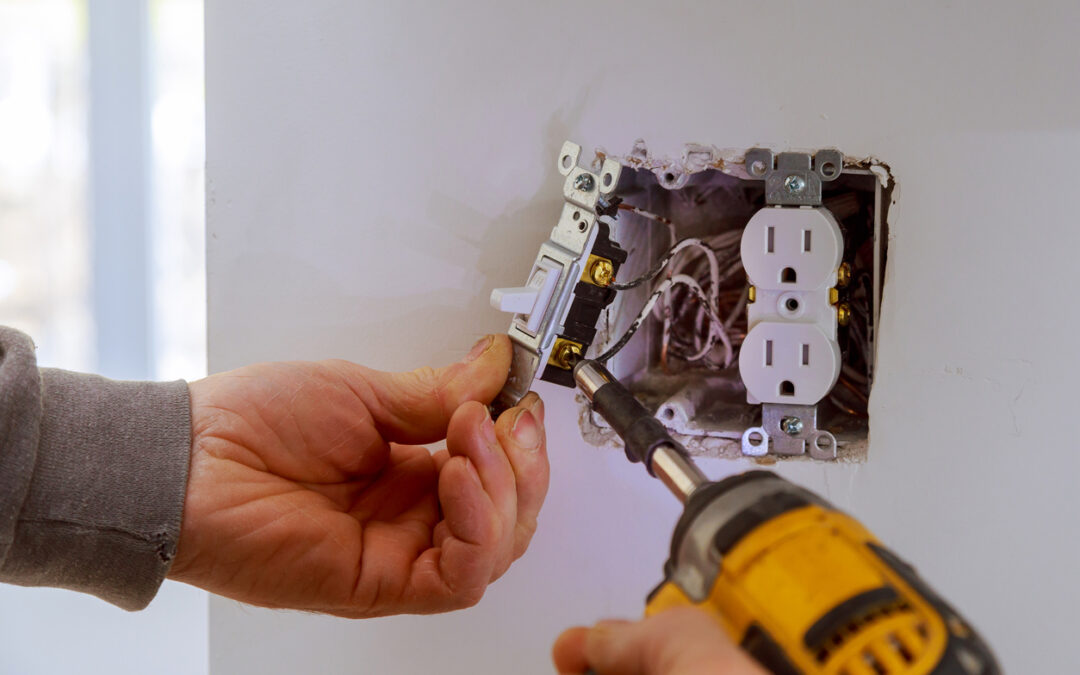electrical components in a residential home
Residential homes contain a variety of electrical components that provide power, lighting, and safety features throughout the house. Here are some common electrical components found in a residential home:
1. **Electrical Service Entrance**: The electrical service entrance includes the main electrical panel (breaker box) and the service entrance conductors that connect the home to the utility’s power grid. The main panel contains circuit breakers or fuses that control the flow of electricity to different circuits in the house.
2. **Circuit Breakers or Fuses**: Circuit breakers and fuses protect electrical circuits from overloads and short circuits by interrupting the flow of electricity when necessary. They are located in the main electrical panel and provide individual protection for each circuit in the house.
3. **Switches and Outlets**: Switches control the flow of electricity to lighting fixtures and other electrical devices, allowing users to turn them on or off as needed. Outlets provide access to electrical power for plugging in lamps, appliances, and electronic devices.
4. **Lighting Fixtures**: Residential lighting fixtures include ceiling lights, wall sconces, pendant lights, track lights, recessed lights, and exterior lights. These fixtures provide illumination for various areas of the home, including bedrooms, living rooms, kitchens, bathrooms, and outdoor spaces.
5. **Receptacles**: Receptacles, also known as electrical outlets, provide points of access for plugging in devices and appliances. Common types of receptacles include standard outlets, GFCIs (Ground Fault Circuit Interrupters), AFCIs (Arc Fault Circuit Interrupters), and dedicated outlets. Electrical appliances that require dedicated outlets include refrigerators, ovens, stoves, microwaves, dishwashers, washing machines, dryers, water heaters, furnaces, air conditioners, and HVAC systems.
6. **Wiring and Conduits**: Electrical wiring carries electrical current throughout the home, connecting devices, fixtures, and outlets to the main electrical panel. Wiring is typically installed within walls, ceilings, and floors, while conduits provide protection for wires in exposed or hazardous locations.
7. **Grounding System**: The grounding system includes grounding electrodes, grounding conductors, and grounding connections designed to protect against electrical shocks and provide a safe path for electrical faults to dissipate into the earth.
8. **Smoke Detectors**: Smoke detectors are essential safety devices that detect smoke and alert occupants to the presence of a fire. They are typically installed in bedrooms, hallways, and other areas where fires are most likely to occur.
9. **Carbon Monoxide Detectors**: Carbon monoxide detectors monitor the levels of carbon monoxide gas in the home and alert occupants to the presence of this odorless, colorless gas, which can be deadly if inhaled in high concentrations.
These are just a few examples of the many electrical components found in a typical residential home. Each component plays a vital role in providing power, lighting, and safety features to homeowners and occupants.

